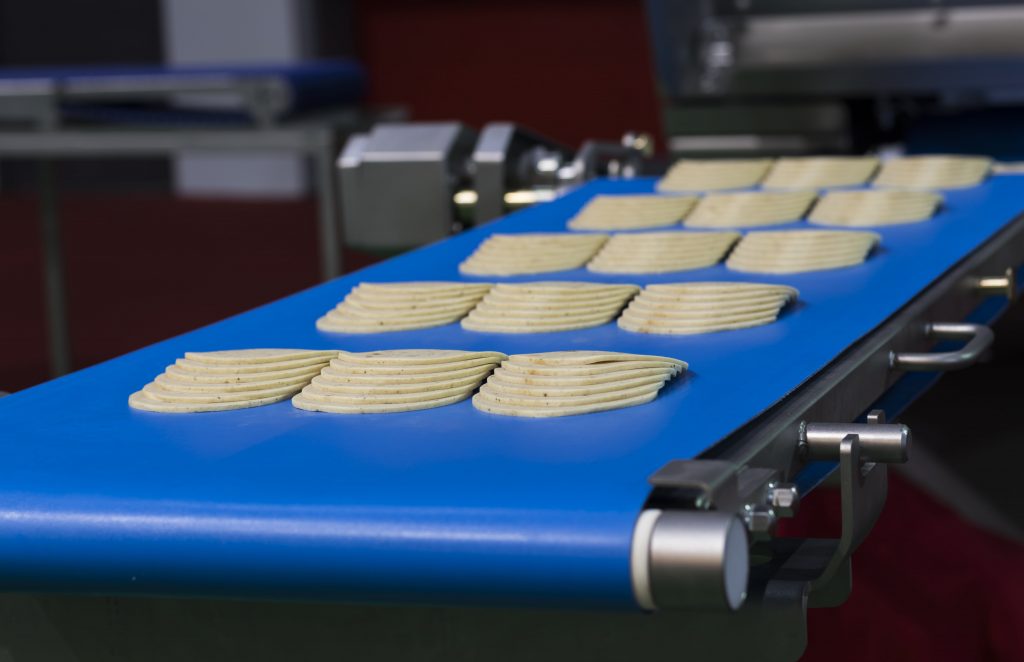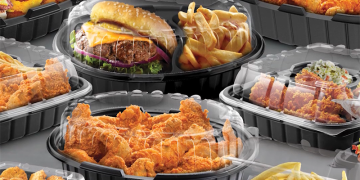Meat Slicing Machine Market is growing at a faster pace with substantial growth rates over the last few years and is estimated that the market will grow significantly in the forecasted period i.e. 2021 to 2027.
A meat slicer is a tool used in delicatessens and butcher shops to slice meat, sausages, cheese, and other deli products. It is also known as a slicer, a deli slicer, or a slicing machine. It is effortless as compared to the simple knife. The meat slicer keeps the texture of the food intact. There are two types of slicers including Automatic Slicing Machine and Semi-Automatic Slicing Machine. Various applications of meat slicing are Supermarket, Restaurant, Meat Processing Plant, and Other. It mainly helps in converting raw food materials into food items by using various chemical and physical tools.
 Rising investments in the automation of meat processing machinery in countries, such as Japan, India, the U.K., Germany, and the U.S., are likely to spur the demand for meat slicing equipment. Stringent regulations regarding selling, trading, and transport of meat under controlled conditions to avoid spoilage and proper maintenance of nutrient values are expected to drive the demand for meat processing equipment. High R&D expenditure has resulted in the development of new technologies, such as the integration of equipment used for different purposes, including slicing, blending, and grinding into one machine, to save transfer costs and maintain hygiene levels.
Rising investments in the automation of meat processing machinery in countries, such as Japan, India, the U.K., Germany, and the U.S., are likely to spur the demand for meat slicing equipment. Stringent regulations regarding selling, trading, and transport of meat under controlled conditions to avoid spoilage and proper maintenance of nutrient values are expected to drive the demand for meat processing equipment. High R&D expenditure has resulted in the development of new technologies, such as the integration of equipment used for different purposes, including slicing, blending, and grinding into one machine, to save transfer costs and maintain hygiene levels.
In addition, meat slicing equipment is increasingly finding applications in the global fast-food outlets to cater to the consumer demand in a proper manner, with the least operation time. Major fast-food outlets, including KFC, Domino’s, McDonald’s Corporation, and Taco Bell, are expanding their businesses to multiple countries worldwide, thereby boosting the market growth over the coming years. In 2014, the U.S. Food & Drug Administration (FDA) imposed a regulation on the transportation of human and animal food, which was also related to food processing techniques to govern proper transportation of processed and semi-processed meat products. This has resulted in the development of advanced meat processing equipment, which is expected to fuel market growth over the forecast period.



















